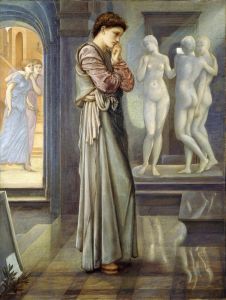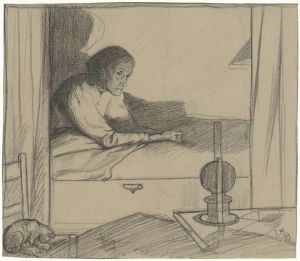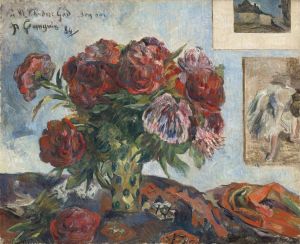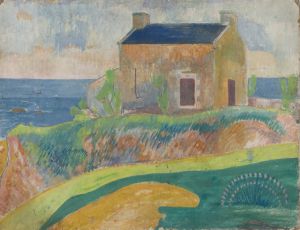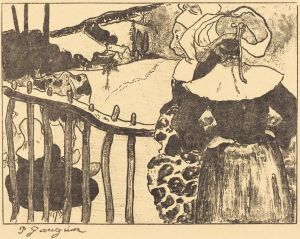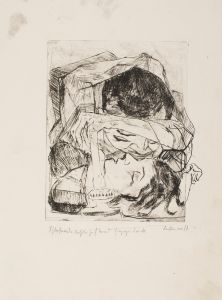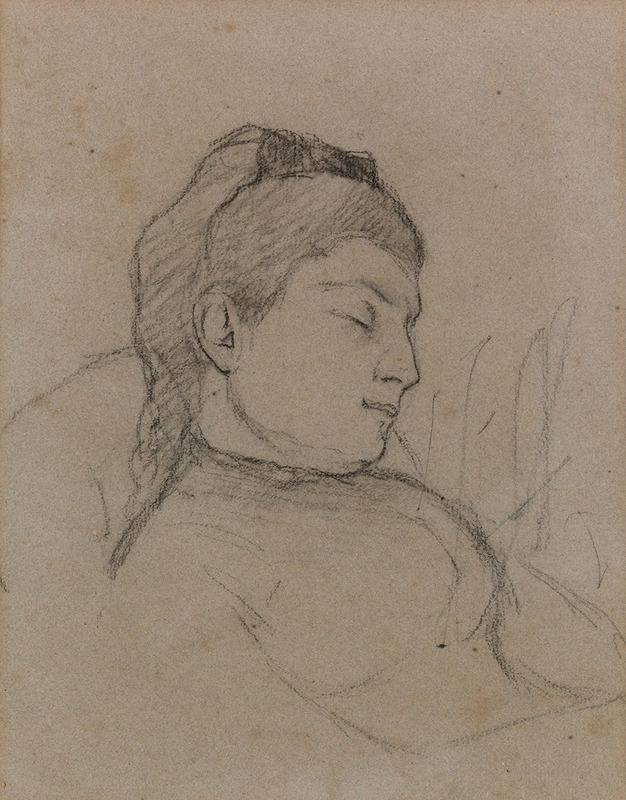
Femme Sommeillant
A hand-painted replica of Paul Gauguin’s masterpiece Femme Sommeillant, meticulously crafted by professional artists to capture the true essence of the original. Each piece is created with museum-quality canvas and rare mineral pigments, carefully painted by experienced artists with delicate brushstrokes and rich, layered colors to perfectly recreate the texture of the original artwork. Unlike machine-printed reproductions, this hand-painted version brings the painting to life, infused with the artist’s emotions and skill in every stroke. Whether for personal collection or home decoration, it instantly elevates the artistic atmosphere of any space.
Paul Gauguin's Femme Sommeillant (translated as Woman Sleeping) is a painting created by the French Post-Impressionist artist Paul Gauguin. Known for his bold use of color and innovative approach to composition, Gauguin was a central figure in the Symbolist movement and a pioneer of modern art. This work reflects his interest in exploring themes of rest, introspection, and the human figure, which were recurring motifs in his oeuvre.
The painting depicts a reclining woman in a state of sleep or rest. Gauguin's characteristic style is evident in the use of simplified forms, strong outlines, and a vivid color palette. The subject is portrayed in a serene and intimate moment, emphasizing a sense of tranquility and natural beauty. Gauguin often sought to capture the essence of his subjects, focusing on emotional resonance rather than strict realism.
Femme Sommeillant was likely created during Gauguin's time in Tahiti or the Marquesas Islands, where he spent the latter part of his career. During this period, he was deeply influenced by the local culture, environment, and people, which significantly shaped his artistic output. Many of his works from this time feature Polynesian women as subjects, reflecting his fascination with what he perceived as an unspoiled and harmonious way of life. However, it is important to note that Gauguin's perspective was shaped by his own cultural biases, and his depictions of Tahitian life were often romanticized.
The painting exemplifies Gauguin's departure from the European artistic conventions of his time. He rejected the emphasis on naturalistic representation and instead embraced a more symbolic and expressive approach. This is evident in the way he uses color and form to convey mood and meaning, rather than adhering to strict anatomical accuracy or perspective.
As with many of Gauguin's works, Femme Sommeillant invites viewers to reflect on themes of simplicity, nature, and the human condition. The painting is also a testament to Gauguin's enduring influence on modern art, as his innovative techniques and ideas inspired subsequent generations of artists.
The current location of Femme Sommeillant is not specified in widely available sources, and further details about its provenance or exhibition history are limited.





